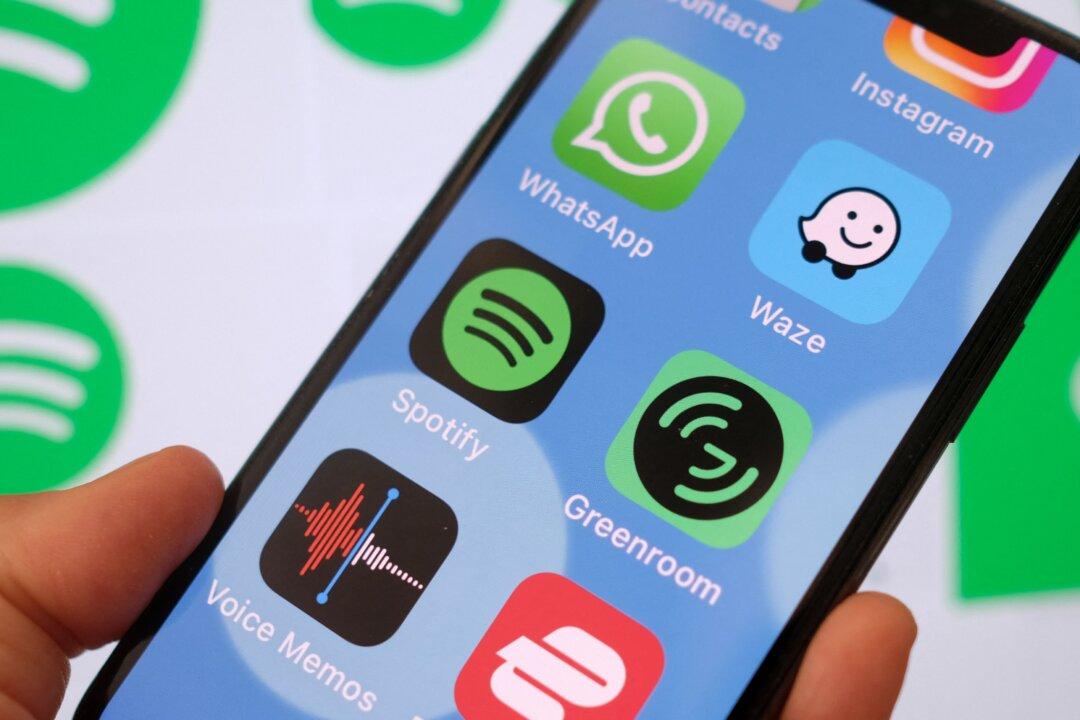A study on the Global Drug Survey 2021 has raised questions on the phenomenon of binaural beats in audio files being consumed as “digital drugs” capable of “eliciting mental and emotional responses” akin to psychoactive drugs.
“We’re starting to see digital experiences defined as drugs, but they could also be seen as complementary practices alongside drug use,” said Dr. Monica Barratt from RMIT, the lead author for the study.





